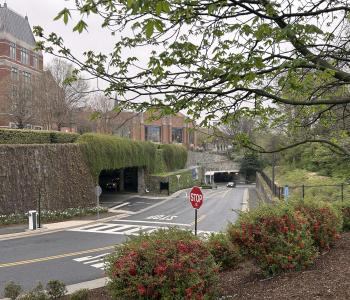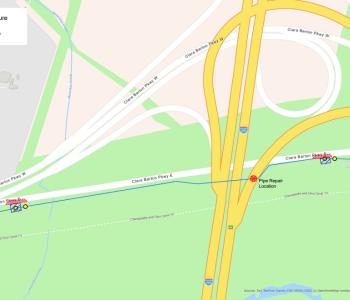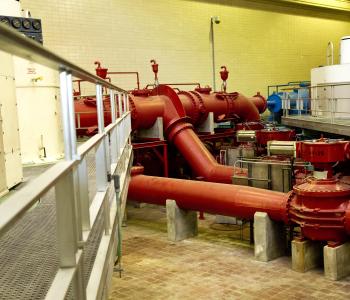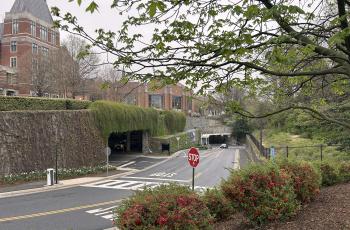WASHINGTON AQUEDUCT TELLS WASA BOARD NEW TECHNOLOGY SHOWS TRACE LEVELS OF PERCHLORATE
The general manager of the Washington Aqueduct today informed the board of directors of the DC Water and Sewer Authority (WASA) that analysis of water produced at the Dalecarlia water treatment plant and delivered to WASA shows trace amounts of perchlorate in some of the samples.
The scientific methods used for this analysis are new and the Environmental Protection Agency (USEPA) may soon adopt them as an approved method.
Though the trace levels registered well below the EPA action level, WASA has asked the Aqueduct to monitor the situation and keep the Authority informed.
As part of our Water Pledge, we have promised to keep our customers informed of any situation concerning drinking water, said Jerry N. Johnson, General Manager of WASA.
He added: WASA is continuing to work with the Aqueducts other wholesale customers-- the City of Falls Church and Arlington County, Virginia-- as well as the EPA and the DC Department of Health to monitor the situation. Neither the EPA nor the Health Department have advised us that any action need now be taken by WASA or its customers. But we will keep the public updated when and if we learn anything further.
There are no drinking water standards for perchlorate-- a naturally occurring chemical and a man-made substance used to stabilize rocket fuelbut the Environmental Protection Agency (USEPA) can require cleanup of soil and groundwater if levels are detected between 4 and 18 parts per billion.
Our water is meeting all EPA water standards, Thomas Jacobus, General Manager of the Aqueduct, assured the board. The few number of samples weve analyzed using this new method are well below EPAs current level of concern.
Using the analytical methods under development, the Aqueduct found trace levels of the chemical in some of the samples in the range of 1.2 to 1.8 parts per billion. Others were less than 0.5 parts per billion, which is below the detection limit of even this new method that is under consideration for adoption by EPA. Many more tests will be conducted in the coming weeks in order to validate the accuracy of these very small numbers.
The currently approved method for perchlorate analysis has a minimum detection threshold of 4 parts per billion. All water samples at Washington Aqueduct ever analyzed for perchlorate have always been reported as "no detect" using this method
At the request of the EPA, the Aqueduct is continuing to test water samples in the treatment plants as well as samples taken from the Potomac River to determine the source of the perchlorate.
The Aqueduct, a unit of the U.S. Army Corps of Engineers, is responsible for the production of the water supply for the District of Columbia, Arlington County and Falls Church, Virginia. WASA is responsible for distribution of water to residential, commercial and industrial customers throughout the District of Columbia.








